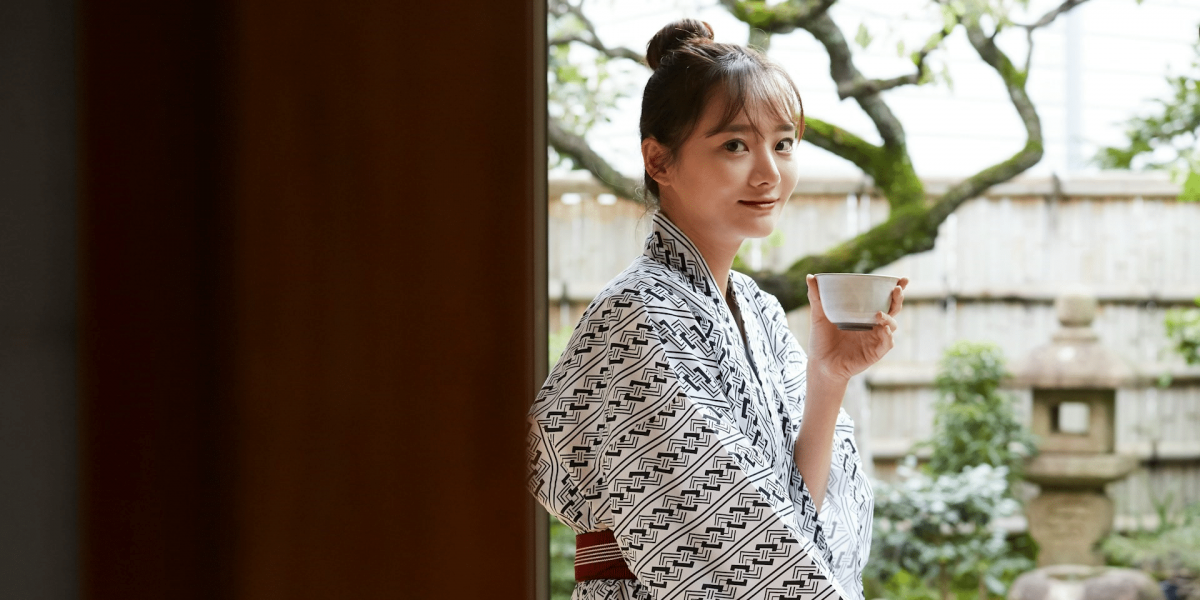Tucked away in Japan’s Kansai region, Kyoto enchants visitors with its blend of historic charm, scenic landscapes, and deeply rooted cultural heritage. With ancient temples, serene gardens, and vibrant festivals, Kyoto offers a window into Japan’s past while celebrating the present. Here’s what makes Kyoto an unmissable destination for travelers from all around the world.
What’s Special About Kyoto’s Temples and Shrines?
Kyoto is famed for its stunning array of historic temples and shrines that reflect Japan’s rich spiritual history and architectural beauty. Visitors can explore iconic sites like the shimmering golden pavilion of Kinkaku-ji, a true symbol of tranquility, and the Zen-inspired rock garden at Ryoan-ji, renowned for its minimalist design. Each temple and shrine in Kyoto tells a story, and wandering through moss-covered gardens, admiring painted ceilings, or observing age-old rituals gives travelers a unique experience steeped in Japan’s spiritual traditions.
From large temples with grand structures to hidden shrines nestled in bamboo groves, Kyoto’s religious sites offer a peaceful escape from the modern world. The timeless beauty and sacred atmosphere of these places make them must-visit destinations for anyone interested in exploring Japan’s cultural and spiritual heritage.
How Do Kyoto’s Gardens Capture Japan’s Love for Nature?
Kyoto’s gardens are masterpieces of design, crafted to harmonize with nature and evoke a sense of peace. Known for their seasonal beauty, these gardens change dramatically throughout the year. In spring, the cherry blossom-lined pathways of Maruyama Park draw crowds for hanami, while in autumn, the fiery hues of maple leaves light up the gardens at Tofuku-ji. For a more meditative experience, visitors can stroll through the meticulously maintained grounds of Katsura Imperial Villa, where each tree, rock, and pond is placed to create a scene of natural perfection.
The beauty of Kyoto’s gardens lies in their simplicity, inviting guests to slow down, listen to the rustling bamboo, and find serenity in the carefully composed landscapes. These gardens are not only visually stunning but are also designed to provide a tranquil retreat from the hustle and bustle of city life. Whether visiting for relaxation or inspiration, Kyoto’s gardens are a haven for those seeking a connection with nature.
How Does Kyoto Celebrate Traditional Culture and Art?
In Kyoto, traditional arts and culture are alive in every corner. From the intricate art of flower arranging (ikebana) to the elegance of tea ceremonies, Kyoto is a place where Japan’s cultural heritage is honored and preserved. Visitors can immerse themselves in these traditions by participating in calligraphy workshops, watching graceful Geisha performances in the Gion district, or attending lively seasonal festivals that bring the city’s streets to life.
Kyoto’s cultural experiences aren’t just limited to the arts; its culinary scene also tells a story of heritage. Dining in a traditional machiya townhouse, savoring kaiseki—a multi-course meal that celebrates seasonal ingredients—or sampling sweet wagashi treats offers a taste of Japan’s culinary history. Each dish, carefully prepared and artfully presented, reflects Kyoto’s respect for seasonality and tradition, making it a paradise for food lovers.
Discover Kyoto’s Enduring Charm
Kyoto remains a captivating blend of history, nature, and tradition. From exploring ancient temples and strolling through tranquil gardens to savoring local delicacies, the city offers a unique glimpse into Japan’s past and present. With its rich cultural heritage, scenic beauty, and timeless allure, Kyoto is a destination that appeals to every traveler. Embark on a journey to this iconic city and experience the magic of Kyoto for yourself.








